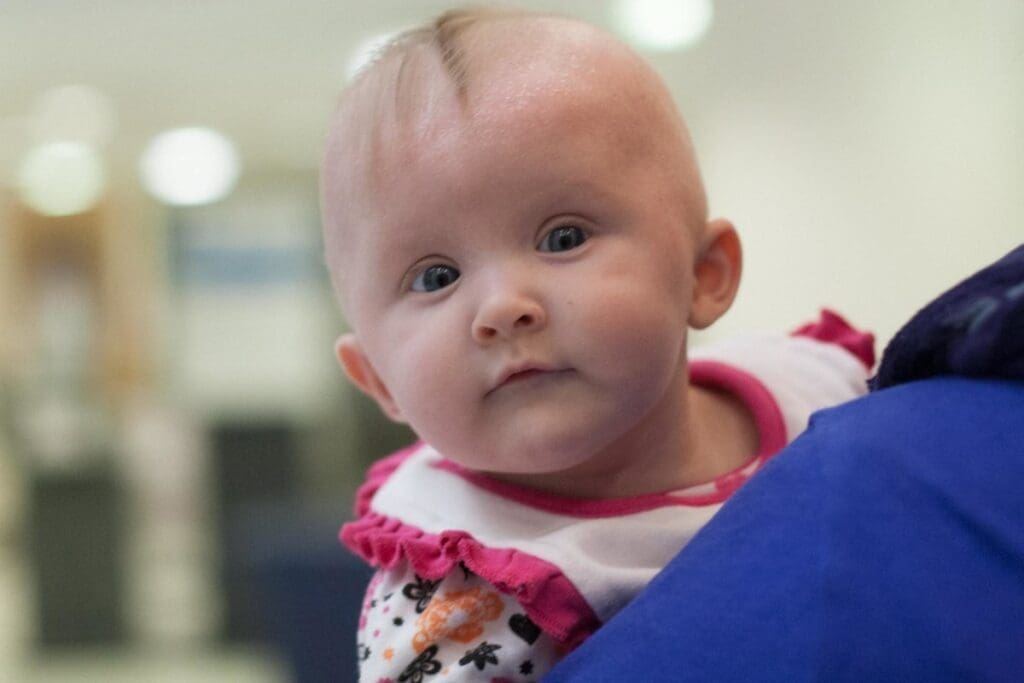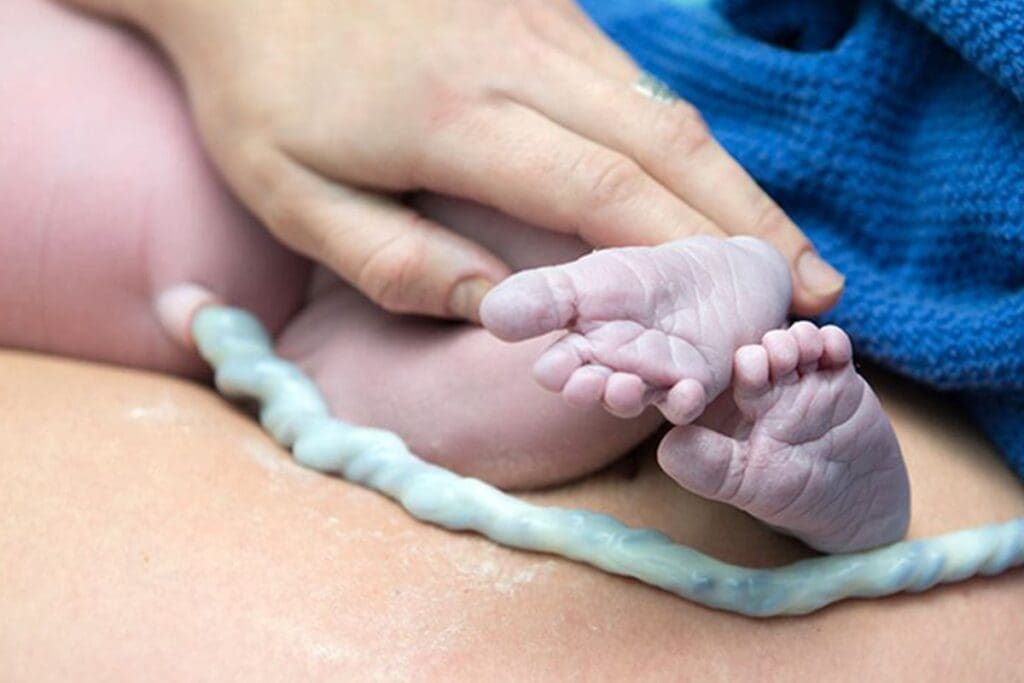Last Updated on November 24, 2025 by
Birth defects, also known as congenital anomalies, are a growing concern globally. We are seeing more birth defects worldwide. About 3–6% of babies are born with these issues, which adds up to over 7 million cases every year.

We, as a leading healthcare provider, are dedicated to figuring out why this is happening. Recent studies show worrying trends and new risk factors that are causing more congenital anomalies in different areas.
Birth defects affect a large number of newborns every year. This is a major health problem worldwide.

More than 7 million newborns face health issues due to congenital disorders each year. The World Health Organization says birth defects are a big reason for child deaths under five.
Birth defects hit a lot of newborns globally. This puts a big strain on healthcare and families. We aim to offer top-notch medical care to help.
Birth defects cause up to 11% of deaths in kids under five worldwide. 10% of newborn deaths are due to congenital anomalies. This calls for better prenatal care and treatment.
We’re working hard to tackle this issue with advanced medical care and support. By understanding the problem and teaming up, we can help families with congenital disorders.
Advanced maternal age is becoming a big risk for birth defects. It’s important to understand its impact. In North America and Europe, this age is linked to more birth defects.
Delayed childbearing is a factor in more birth defects. It can affect how a baby develops. Our medical team helps expectant mothers, no matter their age.
Delayed childbearing can harm fetal development. As women get older, their egg quality drops. This raises the risk of chromosomal problems.
During the present pregnancy, women of advanced age need close prenatal care. We watch fetal development closely to spot issues early.
Chromosomal issues linked to age are a big worry for late childbearing. The risk of Down syndrome goes up with the mother’s age. Knowing this helps manage defect definition and plan care.
We give detailed advice to expectant mothers about age-related risks. This helps them make informed choices for their present pregnancy. It ensures the best outcomes for their baby.
The obesity epidemic is growing fast. It’s affecting pregnancies and how babies develop. Doctors are worried about the link between obesity in mothers and birth defects.

Being overweight during pregnancy can cause health problems. These include gestational diabetes and high blood pressure. These issues harm both the mother and the baby.
Some of the metabolic complications associated with maternal obesity include:
Maternal weight is key in how a baby grows. Being overweight can raise the risk of birth defects. We aim to give the best care to pregnant women, including those who are overweight.
The impact of maternal obesity on fetal development is multifaceted, involving factors such as:
We understand how obesity affects pregnancy. This knowledge helps us manage risks and improve outcomes. Our goal is to provide top-notch care for every patient.
Exploring the causes of birth defects shows that environmental factors are key. Pollutants and chemicals in our environment play a big role. It’s important to understand their impact to prevent congenital anomalies.
Exposure to harmful substances during pregnancy can harm fetal development. Industrial pollutants, in particular, increase the risk of congenital defects. These pollutants come from industrial waste, vehicle emissions, and contaminated water.
Industrial pollutants are a big concern because they’re everywhere. Chemicals like polychlorinated biphenyls (PCBs) and dioxins can cause developmental problems in fetuses. People can get exposed through contaminated air, water, and food.
For more info on environmental exposures and birth defects, c
Household chemicals can also increase the risk of birth defects. Products like cleaning supplies and pesticides contain harmful chemicals. These can be dangerous when inhaled or ingested.
By understanding and reducing environmental exposure risks, we can lower birth defect rates. This helps promote healthier pregnancies.
“The prevention of birth defects requires a broad approach that includes reducing exposure to harmful environmental substances.”
— World Health Organization
We know that good nutrition for the mom is key to avoiding birth defects. It’s very important. Eating right during pregnancy helps the baby grow well, and not eating enough can cause problems.
A diet full of important nutrients is a must for pregnant women. Key nutrients include folic acid, iron, calcium, and omega-3 fatty acids. These help the baby grow right.
Folic acid is very important. It helps prevent serious birth defects. Iron, calcium, and omega-3 fatty acids are also key to the baby’s health.
Not getting enough nutrients can harm the baby. For example, not enough folic acid can cause serious birth defects. Not enough iron can lead to anemia in both mom and baby.
Good nutrition for the mom is very important. We must teach pregnant women about eating well. We should also help them learn healthy eating habits.
Some birth defects linked to poor nutrition are:
Understanding the role of good nutrition helps us prevent birth defects. This way, we can help ensure healthier babies and moms.
Healthcare disparities affect prenatal care, mainly in low- and middle-income countries. We see that limited access to quality healthcare leads to more birth defects. It’s key to make prenatal care fair for all to prevent birth defects and ensure healthy babies and moms.
Low- and middle-income countries struggle the most because of poor healthcare access. Many women in these places face big hurdles in getting prenatal care. This leads to more birth defects. For example, a woman born with a defect might find her current pregnancy even harder.
There’s a big difference in prenatal care between cities and rural areas. Women in rural areas often get less quality healthcare, including prenatal care. We aim to fix these gaps and make prenatal care available to all, no matter where they live.
Understanding healthcare disparities and their effect on prenatal care is key. We want to create special plans to help pregnant women everywhere. Our dream is to give every woman the care she needs for a healthy baby.
At LIV HOSPITAL, we see the growing worry of birth defects affecting families everywhere. We know that things like older mothers, obesity, and bad nutrition play a big role. These factors make congenital defects more common.
We’re committed to giving the best medical care to tackle this big issue. We aim to help families by understanding and treating birth defects. We also help international patients and guide them every step of the way.
We must keep talking about the dangers of birth defects and the need for early prenatal care. Together, we can lower the number of deformed babies and improve family health worldwide.
Birth defects, also known as congenital anomalies, happen during pregnancy. They can affect different parts of the body. They might be caused by genetics, environment, or unknown reasons.
About 3–6% of babies worldwide are born with birth defects. This means over 7 million cases happen every year.
A congenital disease is a condition present at birth. It can be caused by genetics or environment. It includes birth defects and other conditions like infections or metabolic disorders.
Common causes include advanced maternal age, obesity, and poor nutrition. Environmental exposures to pollutants and chemicals also play a role.
Advanced maternal age increases the risk of birth defects. This is because of chromosomal abnormalities like Down syndrome. Delayed childbearing raises the risk of congenital anomalies.
Not all birth defects can be prevented. But some steps can lower the risk. These include eating well, avoiding toxins, and getting good prenatal care.
Poor nutrition can raise the risk of birth defects. Nutrients are key for fetal development. Lack of them can lead to anomalies.
Healthcare disparities, mainly in low- and middle-income countries, limit prenatal care access. This leads to more birth defects in these areas.
A congenital disorder is a condition present at birth. It can be caused by genetics or environment. It includes structural or functional anomalies and other conditions like metabolic disorders.
Yes, some babies are born without certain body parts or with underdeveloped organs. This can be due to genetic or environmental factors.
Subscribe to our e-newsletter to stay informed about the latest innovations in the world of health and exclusive offers!